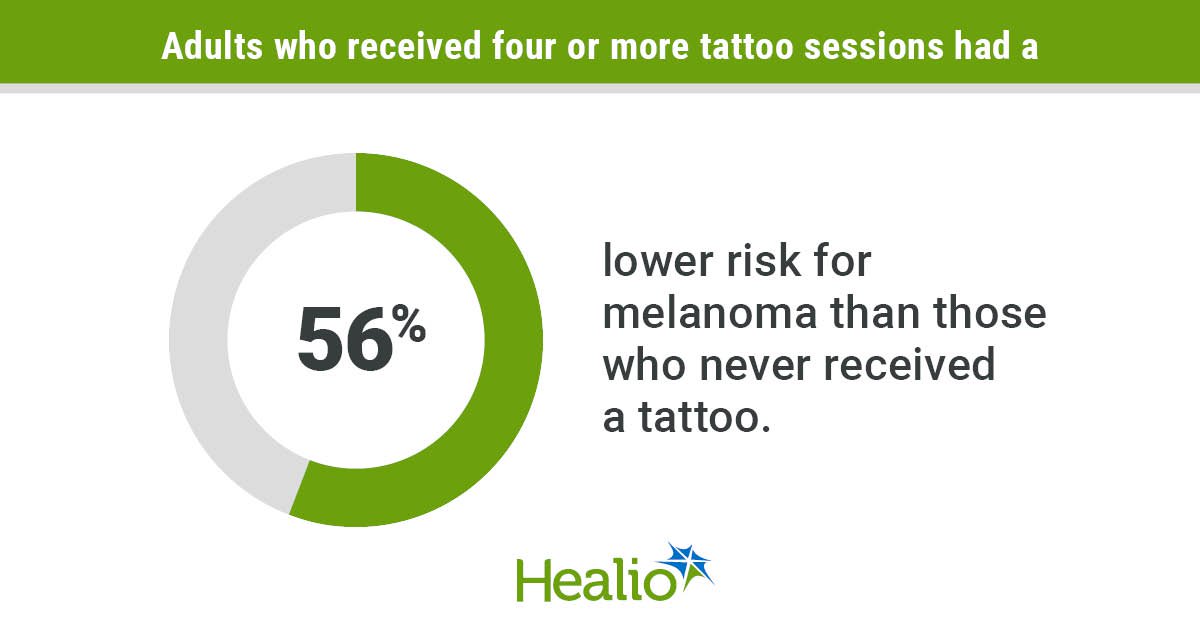October 07, 2025
3 min read
Key takeaways:
- From 2013 to 2019, the unadjusted rates of clinical practice attrition rose from 3.5% to 4.9%.
- The risk for attrition was higher for physicians practicing in primary care, obstetrics and gynecology or psychiatry.
Clinical practice attrition rose from 2013 to 2019, according to a new longitudinal analysis published in Annals of Internal Medicine.
While all specialties were impacted, certain ones, including primary care, had a particularly increased risk for attrition.

The risk for attrition was higher for physicians practicing in primary care, obstetrics and gynecology or psychiatry. Image: Adobe Stock
“Physician practice has changed in multiple ways, ranging from the complexity of care delivered to an increased volume of asynchronous work,” Lisa S. Rotenstein, MD, MBA, MSc, an assistant clinical professor in the department of medicine at the University of California San Francisco, told Healio. “These changes have likely contributed to our findings of an increasing proportion of physicians leaving clinical practice, which will only exacerbate projected physician shortages.”
Rotenstein and colleagues highlighted prior findings from a 2022 nationwide physician survey, more than a quarter of whom “indicated that they would likely or definitely leave their practice in the next 24 months, compared with 16.1% in 2011 and 19.8% in 2014.”
“Given known workforce shortages, particularly in certain specialties and geographic areas, it is critical to have up-to-date estimates of physicians’ clinical practice dynamics and the factors that are associated with clinical practice attrition,” they wrote. “This evidence can help facilitate clinical operations and policy efforts to maintain the physician workforce, and accordingly, patients’ access to physician care.”
In the current analysis, the researchers assessed a sample of 712,395 physicians who provided care to Medicare patients between 2013 and 2022 to determine the rates of clinical attrition and the factors influencing the risk for it.
Of the sample, 70.8% were men and 90.8% practiced in urban settings.
Rotenstein and colleagues reported that from 2013 to 2019, the unadjusted rates of clinical practice attrition increased from 3.5% to 4.9% (rate difference = 1.4 percentage points; 95% CI, 1.3-1.4 percentage points).
They found that rates increased across genders, age groups, specialties, geographic regions and in both rural and urban settings throughout the study period, indicating that “ongoing threats to the physician experience — such as the increased corporatization of health care delivery, burden of the electronic health record, inadequate staffing, and moral injury related to how care is paid for — span multiple facets of physician practice.”
In the adjusted models, women physicians (HR = 1.44; 95% CI, 1.43-1.46) and physicians practicing in rural settings (HR = 1.19; 95% CI, 1.17-1.21) were likelier to leave clinical practice.
The researchers also found that practicing in primary care (HR = 1.09; 95% CI, 1.07-1.1), psychiatry (HR = 1.53; 95% CI, 1.5-1.57), and obstetrics and gynecology (HR = 1.62; 95% CI, 1.58-1.65) were associated with a greater risk for attrition vs. a hospital-based specialty.
Caring for a greater percentage of dual-eligible Medicare beneficiaries, beneficiaries with a greater average risk score and beneficiaries with a greater average age were additionally tied to attrition.
“These findings can be helpful for health care leaders thinking about how to design patient panels and clinical practice arrangements that facilitate high-quality care and sustainable practice,” Rotenstein said.
The researchers acknowledged the analysis “is likely not reflective of a physician’s entire practice or the practice of physicians who do not care for Medicare patients (such as pediatricians), those who receive only private payment or those working for the Veterans Health Administration.” They added the data also did not capture physicians who left clinical practice for nonclinical but medically related roles.
Rosenstein said that future research should examine what physicians do after they leave clinical practice.
“For example, whether they are teaching, going into industry, setting up concierge practices, etc.,” she told Healio. “It is also important to understand what would prevent physicians who are thinking about leaving clinical practice from doing so. We need a better understanding of the concrete changes that can make clinical practice sustainable for physicians.”
For more information:
Lisa S. Rotenstein, MD, MBA, MSc, can be reached at primarycare@healio.com.










